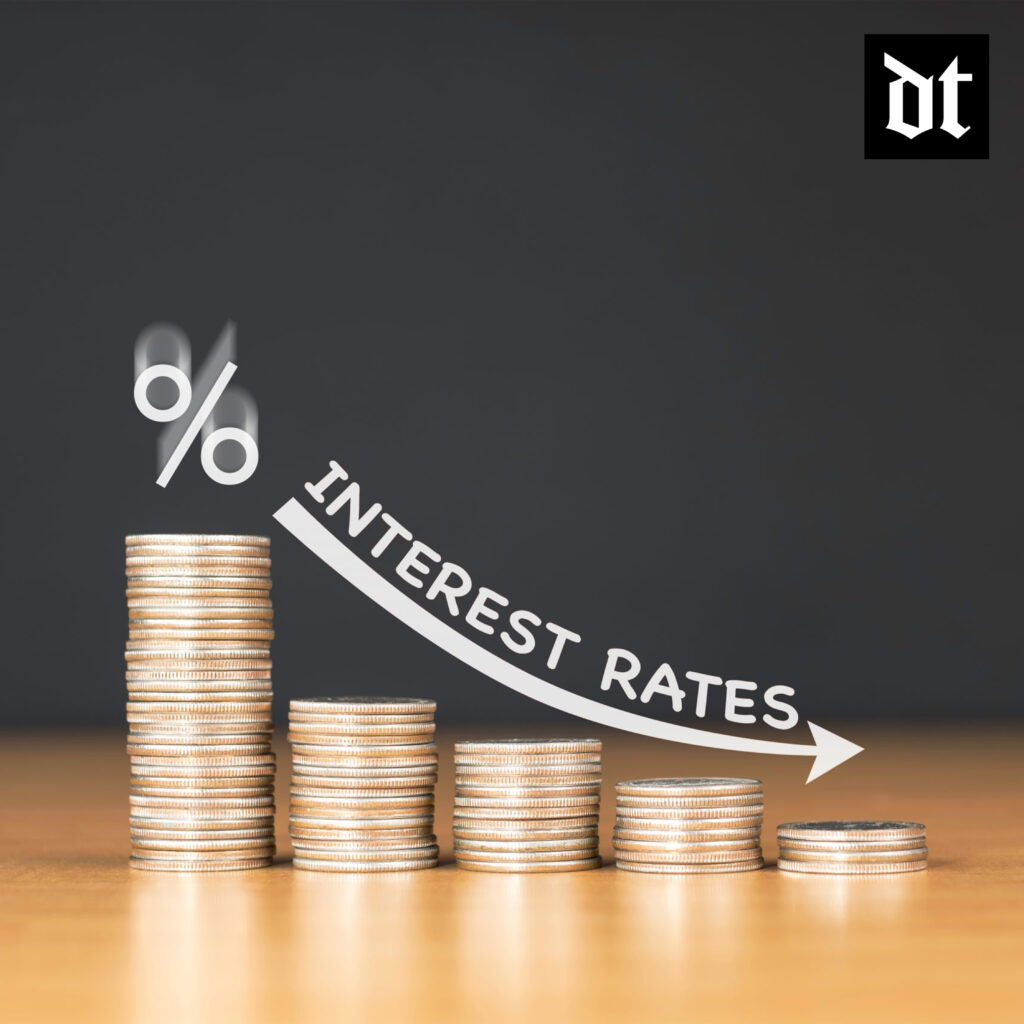
According to WalletHub, the average U.S. household holds $8,863 in savings and $9260 worth of credit card debt; this shows that credit cards are a huge part of our day-to-day lives. Still, we maintain that there’s a thin line between credit cards being invaluable powerful tools to consumers and a financial hazard at the same time. Ultimately, it all comes down to how well the consumer understands the terms, trends, rates, and payment of their credit card debts. In this article we’ll be highlighting three anticipated credit card trends and why they’re a call to clear your credit card debt in 2023.
1. Shaky Economy
Things have been looking bad for most of us throughout the pandemic, but who’s to say they won’t get worse this year? The uncertainty of these times is what has financial analysts advising consumers to pay off their credit card debt just in case they need a little help managing their expenses somewhere down the line when things tighten up. Factors like unemployment, medical crisis, and inflation, to mention a few are things consumers are unlikely to foresee. It is during this situation that an aid credit card comes in handy. As the adage goes, make hay while the sun shines because who knows when the rain might start hitting us again.
2. Soaring Rates

If you’re one to fall off credit card payments, 2023 could give you a hard time getting out of credit card debt. Consumers with interest rates ranging around 20% or more are warned of credit card debt getting more expensive thanks to inflation which often forces the credit card companies to increase their benchmarked service fees and interest rates. This makes accumulating credit card debt a slippery slope for consumers.
3. Not-so-good Incentives

2021 saw an impressive boom of attractive bonus offers and rewards for credit card holders; unfortunately, we can’t say the same for 2022. In 2023, consumers shouldn’t hold their breath for any appealing offers, as creditors aren’t looking to incentivize their acquisition tactics. Lenders are now looking to shed liability by limiting credit access and offers to a select few. This isn’t to say that cardholders won’t enjoy any benefits in 2023. Even with the anticipated recession, some credit card companies will still offer rewards for everyday expenses and essentials. In contrast, others will push their interest rates to 0% for overtime payments.
Conclusion
The economy is going through uncertain times, which isn’t set to change soon. According to financial analysts, 2023 is doled with a looming recession and soaring inflations which naturally push the credit card industry to hike their interest rates to keep up. As we lace up for 2023, the weakening economy and shaky trends are undoubtedly blaring signs to clear up credit card debts, but where does one begin? Easy. Talk to a professional accountant, financial planner, or analyst to get the wheel rolling. Alternatively, you can take a short online course on paying off your credit card debt quickly.
